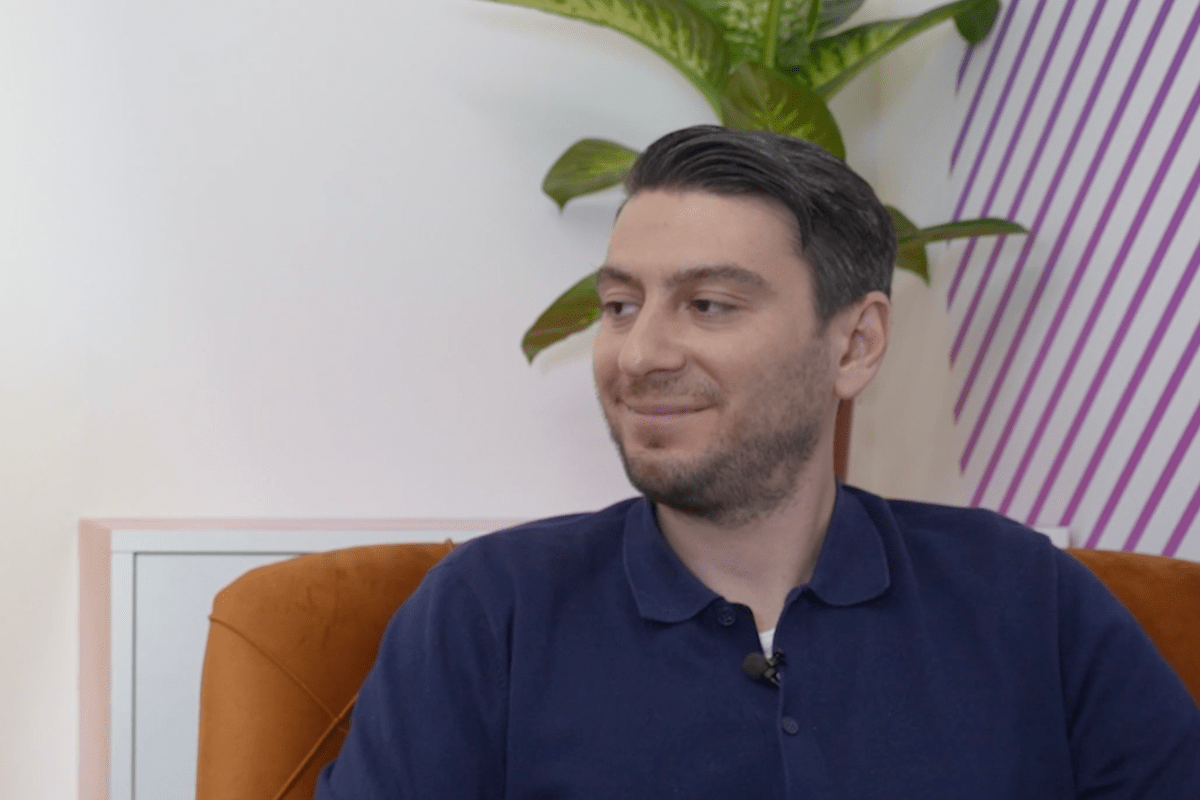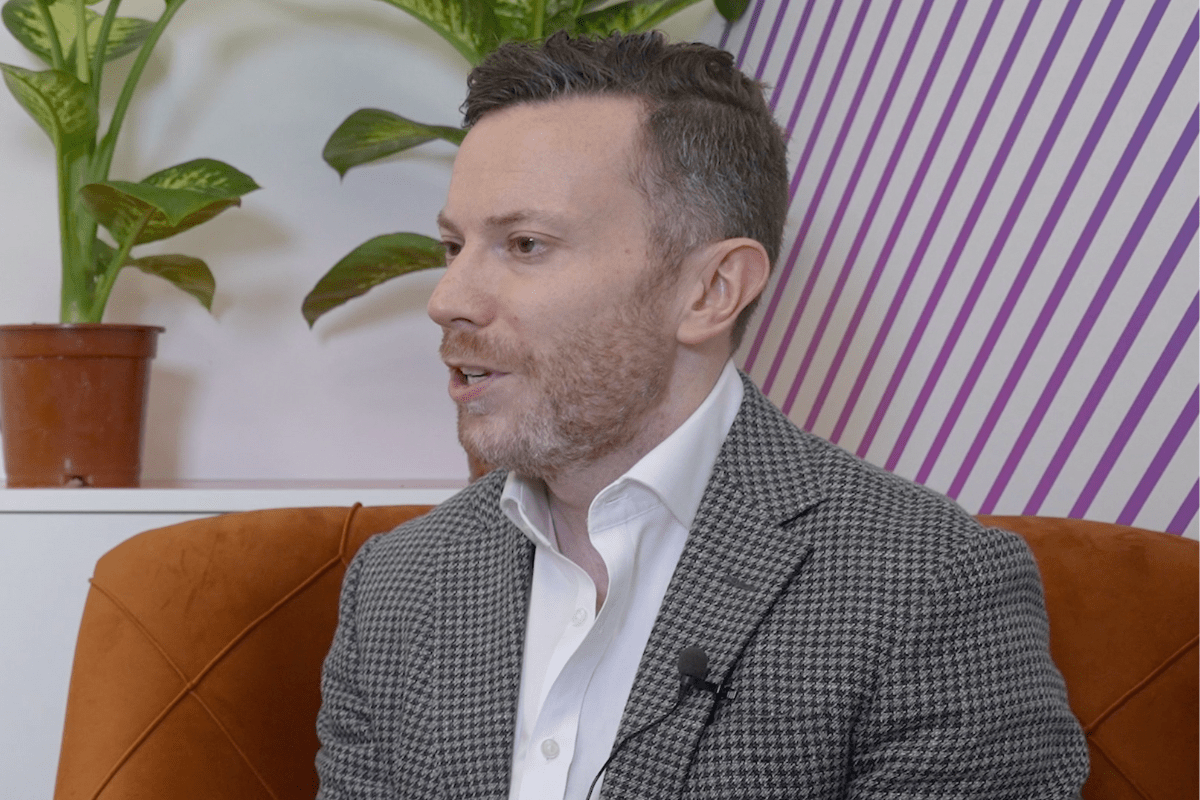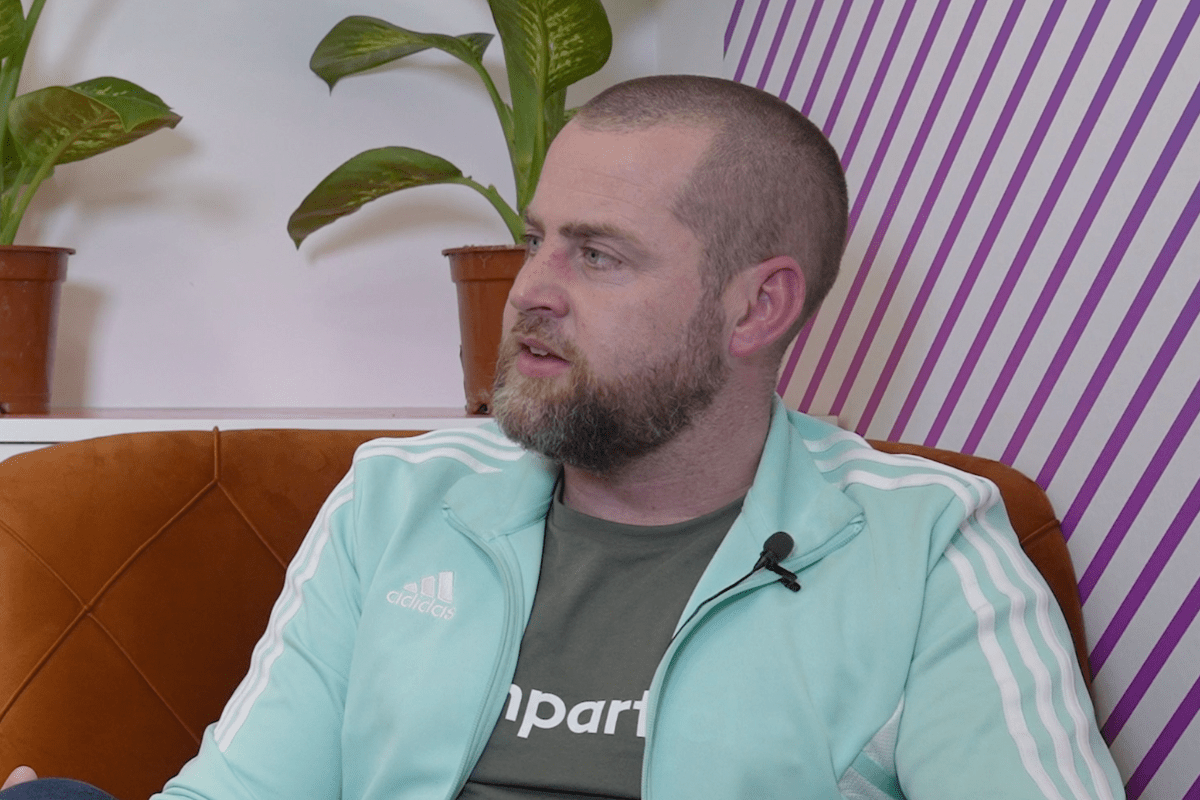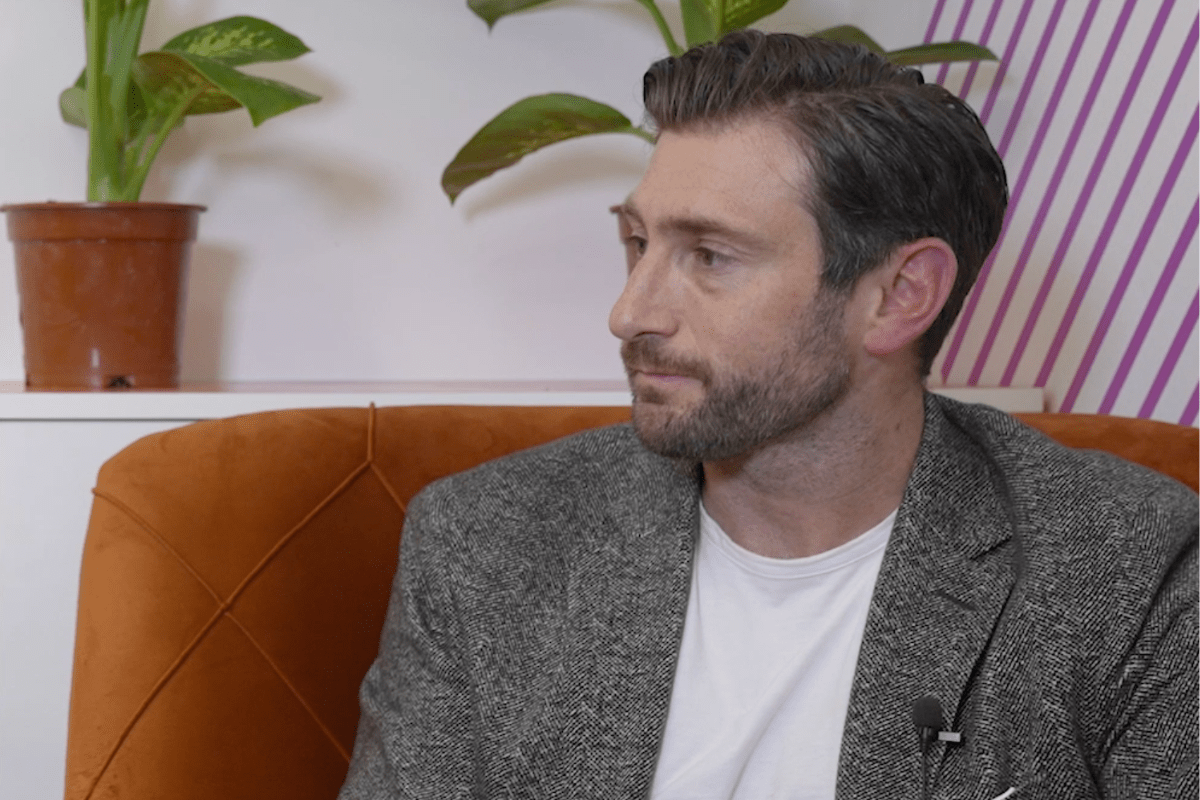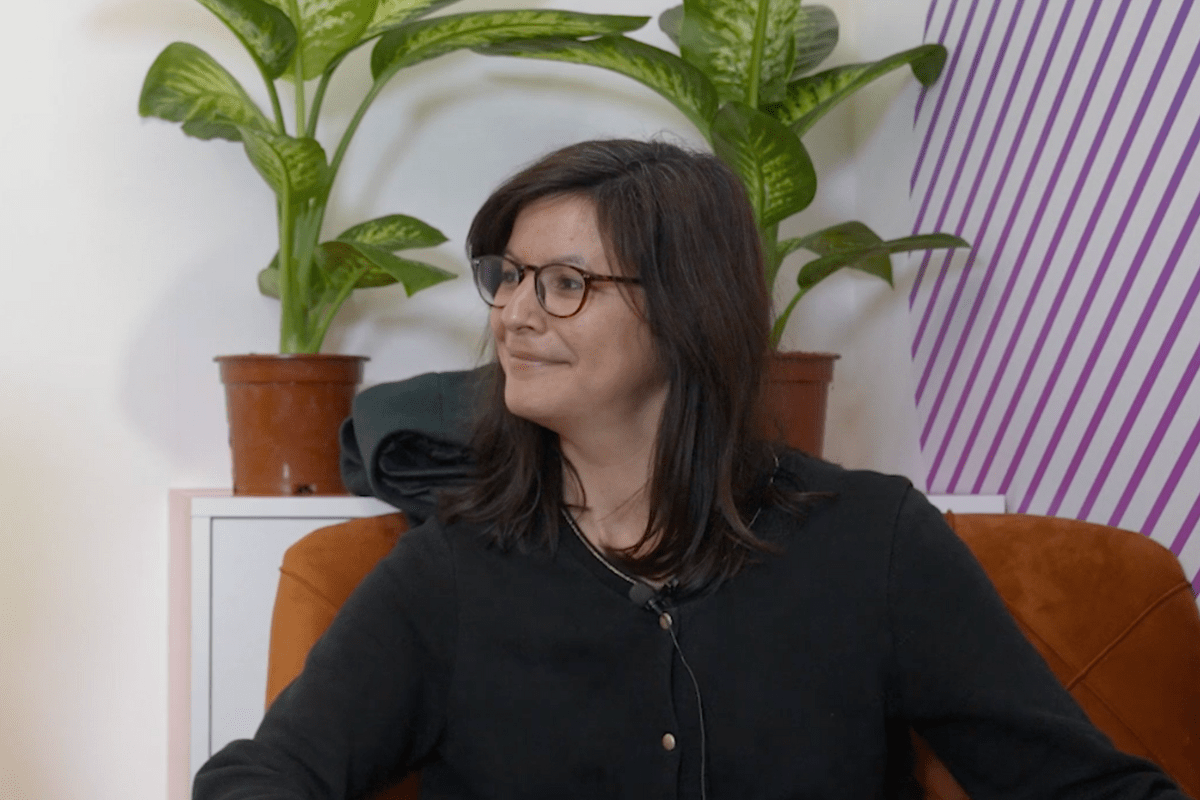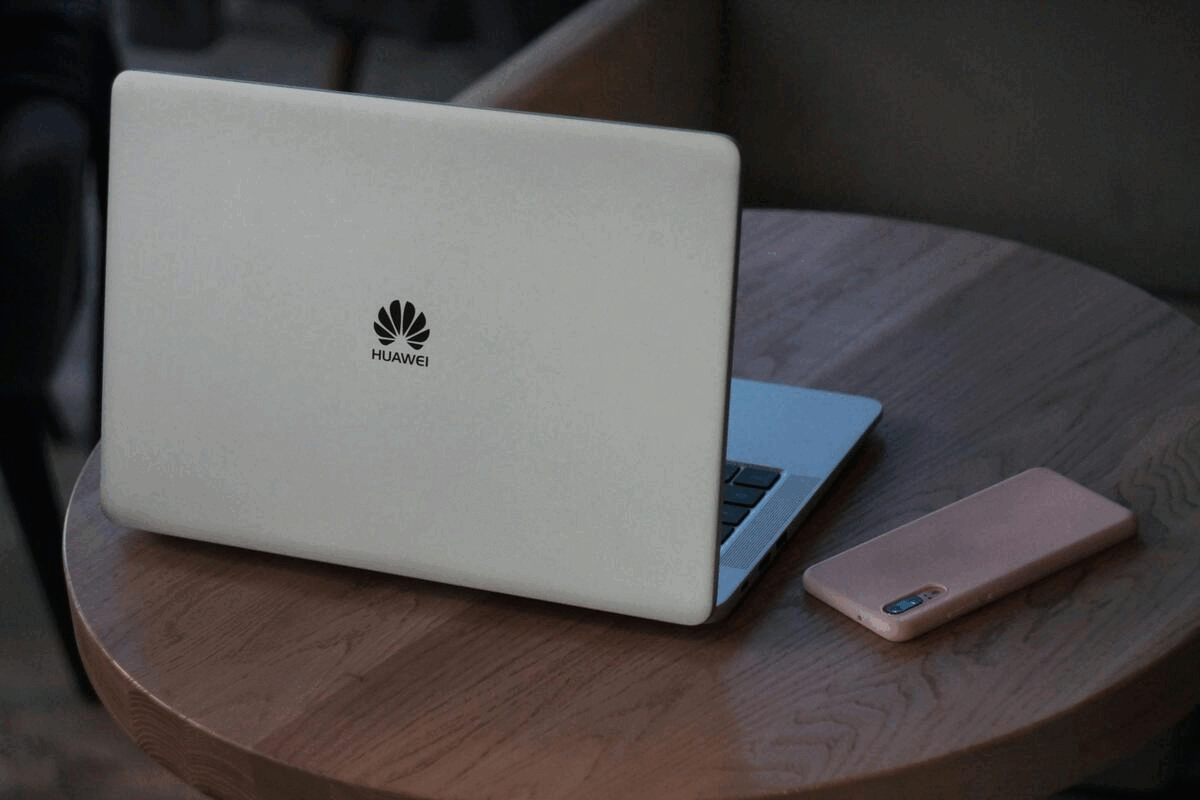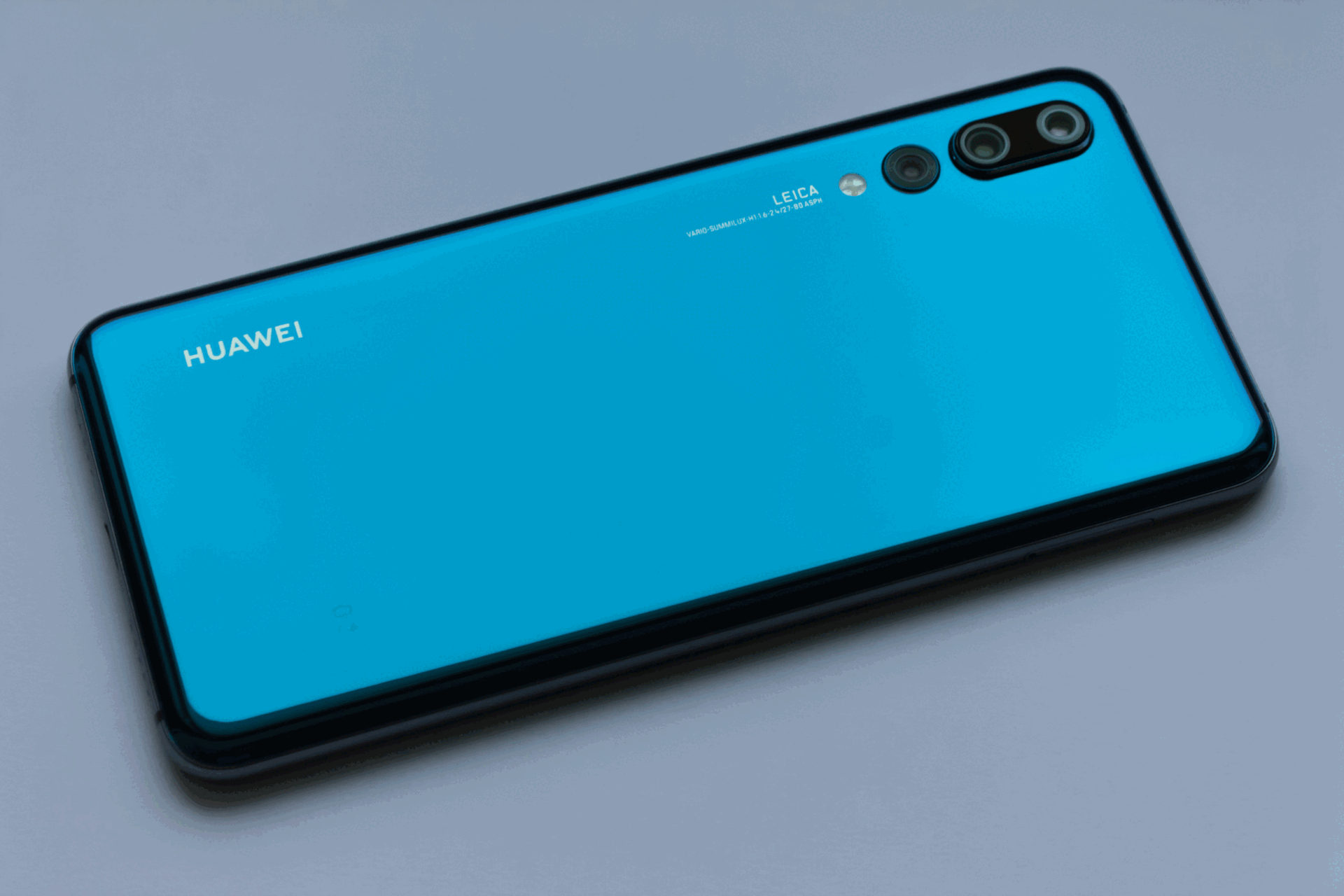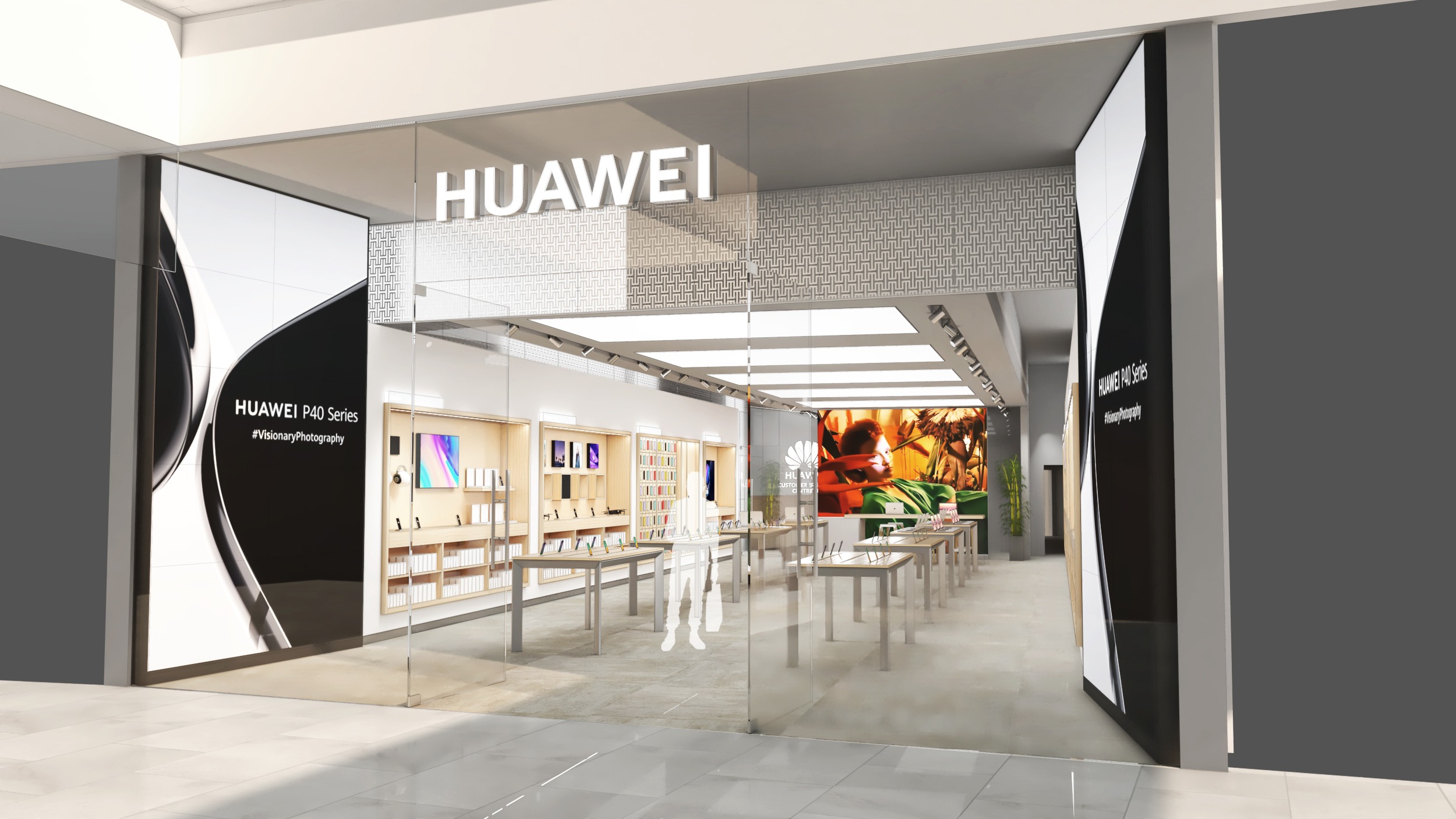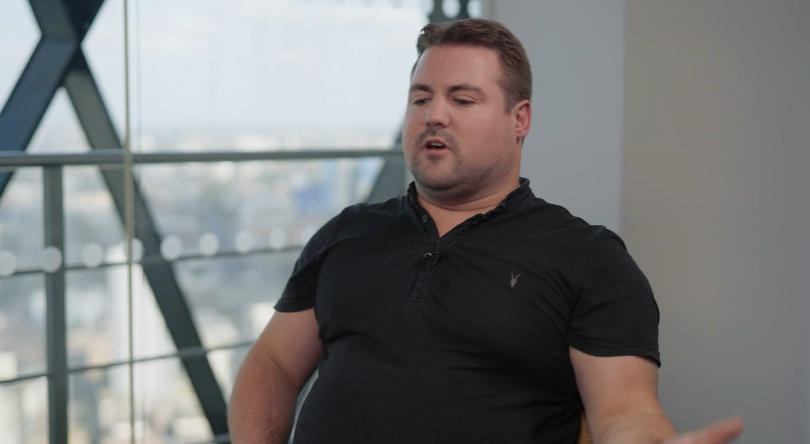“Its been really tough”: Huawei discusses marketing through a pandemic and 5G controversy
- Tuesday, April 6th, 2021
- Share this article:
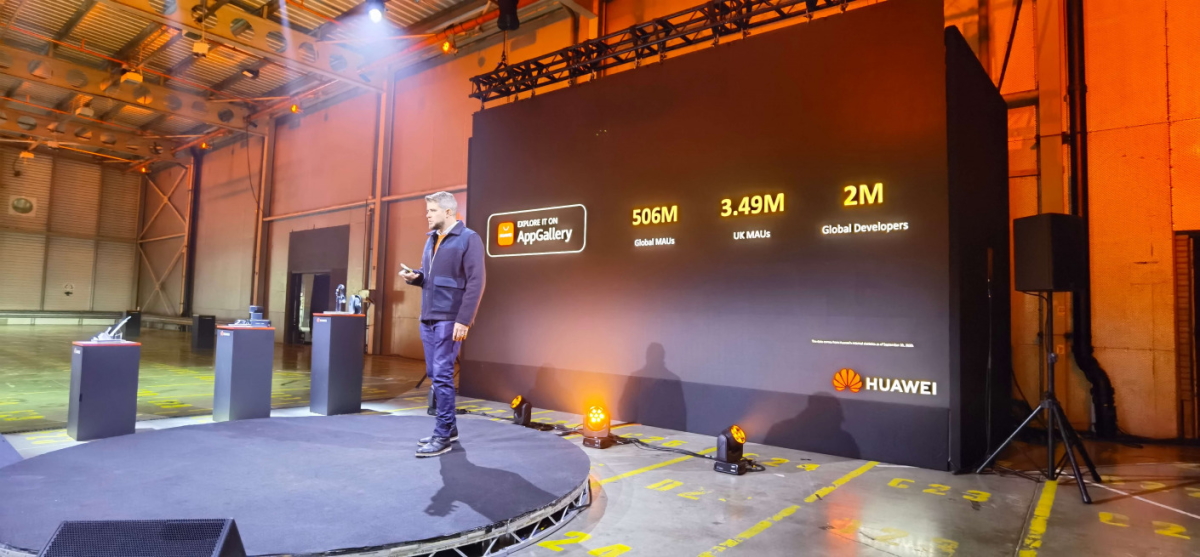
The vast majority of the world has at some point the past year had to make adjustments due to the COVID-19 pandemic. For some, this has been easier than others. For instance, some have also had to deal with a tsunami of controversy and criticism (and, no, I’m not referring to most governments in the Western world this time).
Enter Huawei, the controversial telecoms giant which has seen its 5G equipment banned in multiple countries around the world over security concerns and been accused of using its devices and technology to funnel people’s data back to the Chinese government.
“From a marketing point of view, its been really tough. We’ve been a brand that has historically invested a lot throughout the marketing mix. Weve done lots of interesting, innovative, digital, social, experiential things. But weve also done some straightforward out-of-home, cinema, the big, high-profile advertising youd expect. And, in a pandemic, youve got to change all of that. The big thing for us through the course of the last year has been focusing a lot more on reaching our consumers in a more personal way,” says Winston Eavis, Marketing Director for Huawei UK & Ireland.
“In terms of 5G, we’ve done a big job on clearing up confusion. We embedded the fact that we are, as a consumer business, still here and were still selling strongly. Weve got 5m residual customers who love us and keep buying more of our stuff. We did a campaign last year called ‘Here Today, More Tomorrow’, just playing on the ‘here today, gone tomorrow’ that some people might have thought at that point. It was a very simple message with very simple imagery to give people the reassurance that they needed.”
To continue getting the brand across to consumers in a positive way, Huawei has had to diversify the digital and social channels it uses to both capitalise on the growth of certain platforms and to market certain products to audiences that are more likely to be interested.
The company has moved beyond using Twitter, Facebook, and Instagram and entered into the worlds of LinkedIn and TikTok. The focus has been on PCs and tablets on LinkedIn and wearable and audio products on TikTok, catering to the audiences of those respective platforms.
“Weve just done our first paid campaign on LinkedIn with some content around how we donated a tablets and routers to tech-disadvantaged schoolkids in Manchester. We worked with the Greater Manchester Technology Fund and gave out about 250 different packs to kids in some of the neediest schools around there,” says Eavis. “We just did a couple of pieces of content and put them through LinkedIn for that. It’s not massively self-serving, its not all about us. Its much more about the teachers, the kids, and he ambassadors from the Greater Manchester Technology Fund. LinkedIn has been really interesting to get us to a new audience.”
Last year on TikTok, Huawei launched a campaign for its Watch Fit product with influencer Holly H. The campaign saw Holly, as well as some of Huawei’s existing KOL network, post fitness videos to promote the smartwatch across the video sharing app and on Instagram.
“We’ve been looking at TikTok for a long time,” adds Eavis. “It has historically been a very young audience, but I think now that its starting to mature. A lot of our newer products – the wearable stuff, the audio stuff – has a much younger audience than weve been used to. Weve been selling £1000 smartphones or £1500 PCs and that naturally gets you into a slightly older audience. The younger audience is tricky to reach, very attention poor, and very time poor, but they do spend a huge amount of time on places like TikTok.”
Huawei has also looked at taking the diversification of its marketing a little further by looking at channels such as Pinterest, Clubhouse, and Snapchat – which it has previously worked with on filters.
However, according to Eavis, though Huawei is consistently looking at different platforms, the company will not set up a presence on a channel just “for the sake of it”.
“Pinterest is really interesting. We looked at it last year. We also did a test with Snapchat, and were looking at Clubhouse at the moment. Although, commercially, its difficult to know how Clubhouse could really work. We’re always evaluating new platforms,” explains Eavis. “Pinterest is a very visual platform. For us, having built up such a great Instagram community, were struggling to think about how we could differentiate ourselves.
“If we go into a new channel, we try to do it really meaningfully. We want to make sure that were not just there maintaining a page. We want to see what it adds to our brand.
“Its definitely not just sinking all our money into TikTok, were definitely looking across the board.”
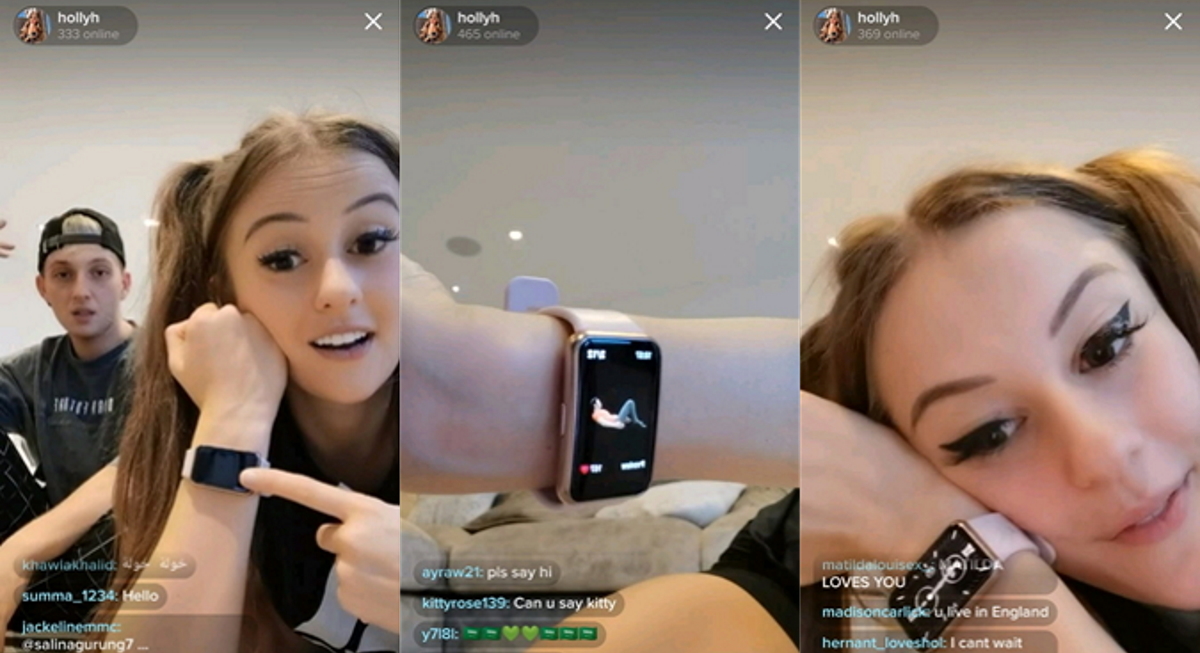
Though TikTok is the platform where Huawei sees the biggest opportunity and the company has committed heavily to social channels in general, it has also been exploring other avenues including the worlds of podcasts and PR.
The brand recently started its own podcast with a few Huawei insiders discussing the business, what’s coming up, and the industry as a whole.
“Podcasts are quite interesting. It’s difficult to do something meaningful that actually offers benefits to people, but I do think theyre going to be a continual growth area. I think people find a certain peace and solace in podcasts. So, thats something were thinking about and looking at,” says Eavis.
The company also worked Esquire and Men’s Health on a campaign around the GT 2 Pro fitness watch last year. Huawei provided some of the publications’ deputy editors with devices for them to try out and provide their thoughts.
“I’m really interested in in the way that PR is starting to really blur the lines of advertorial and paid media. And news and editorial publishers have got an interesting job to do to think about how they embrace their editorial credibility, while also opening up opportunities to get yourself into that as a brand,” Eavis adds.
“I think thats something well do more of. It’s something that feels very credible, very relatable, and it gets you to an audience that you cant really get through traditional ATL.”
For Huawei, 2021 looks set to be just as busy as 2020, especially with more products on the horizon. The release that is probably most highly anticipated is the launch of Harmony, Huawei’s own operating system.
HarmonyOS, which can be expected sooner rather than later, will work across Huawei’s devices, connecting the company’s smartphones, TVs, PCs, smartwatches, earbuds etc.
“By this time next year, were going to be living in very much a harmonyOS world and driving everything through that platform. And thats going to mean new ways of communication,” says Eavis. “There’s not that many platforms that are particularly good at educating people at scale, it’s a difficult thing to do. So, thats one of our big challenges and another reason were looking into areas like LinkedIn a bit more, because there you can get a bit more dwell time, a bit more longevity, and a bit more understanding. Some of our other platforms are just a little bit quicker in their attention span.”
In spite of all of the above, Eavis concedes that it’s the products and the consumers that are driving force behind Huawei’s success.
“We’ve done lots of smart advertising and smart marketing and good PR and all of the things that youd expect us to do as a brand. But you cant do it without people really loving your products. Im more delighted by the fact weve got millions of consumers who, with the best will in the world, often do our job for us,” concludes Eavis.




